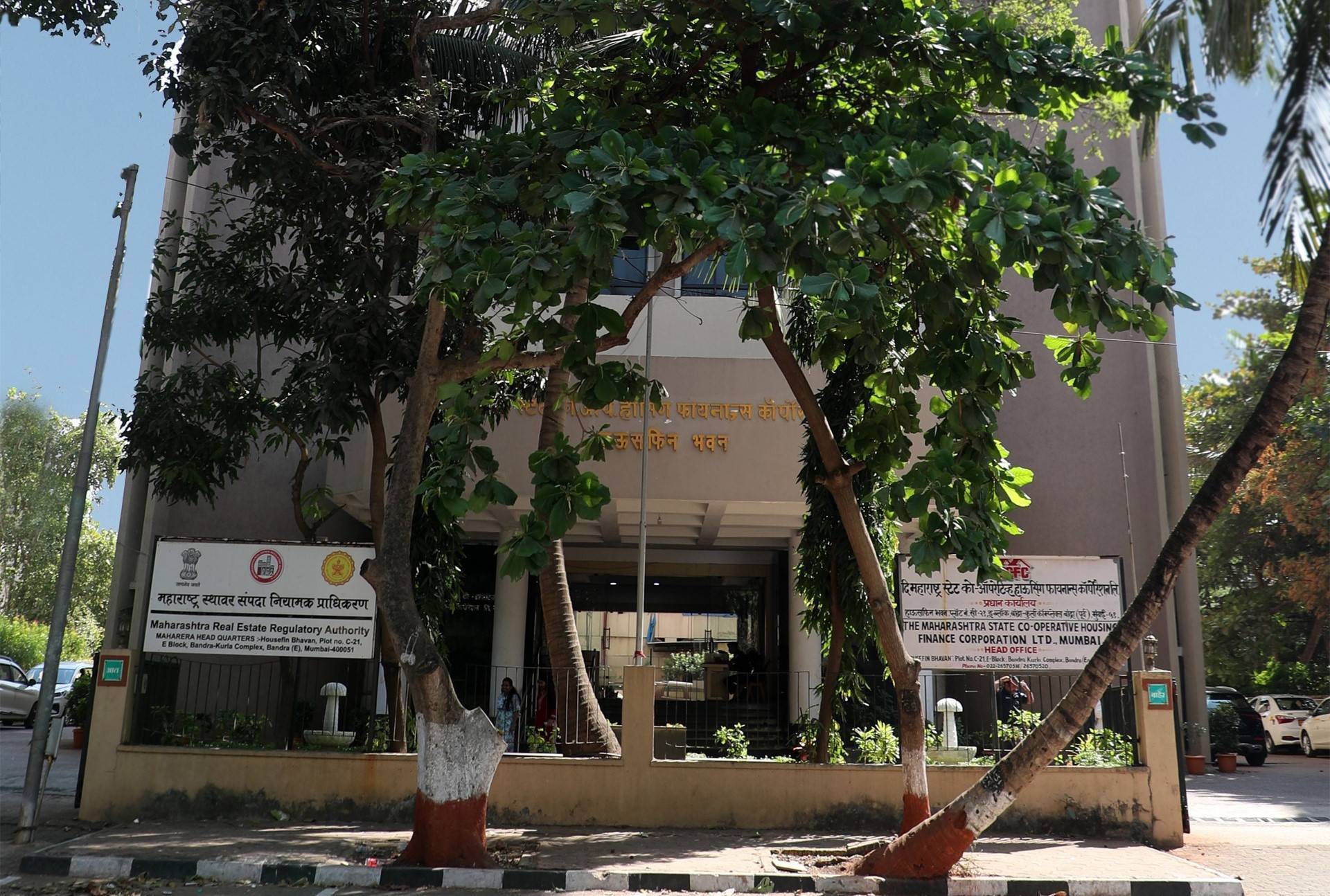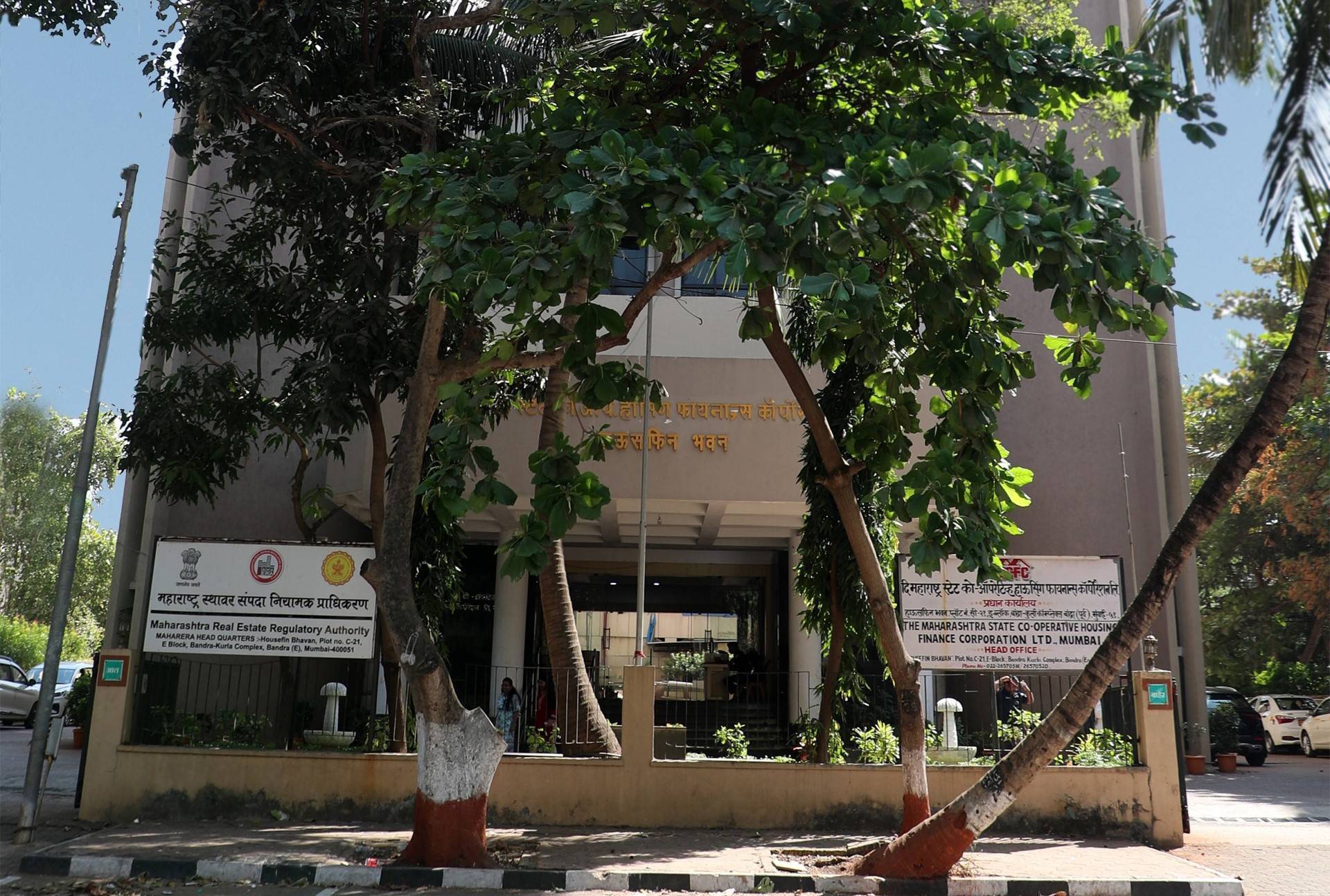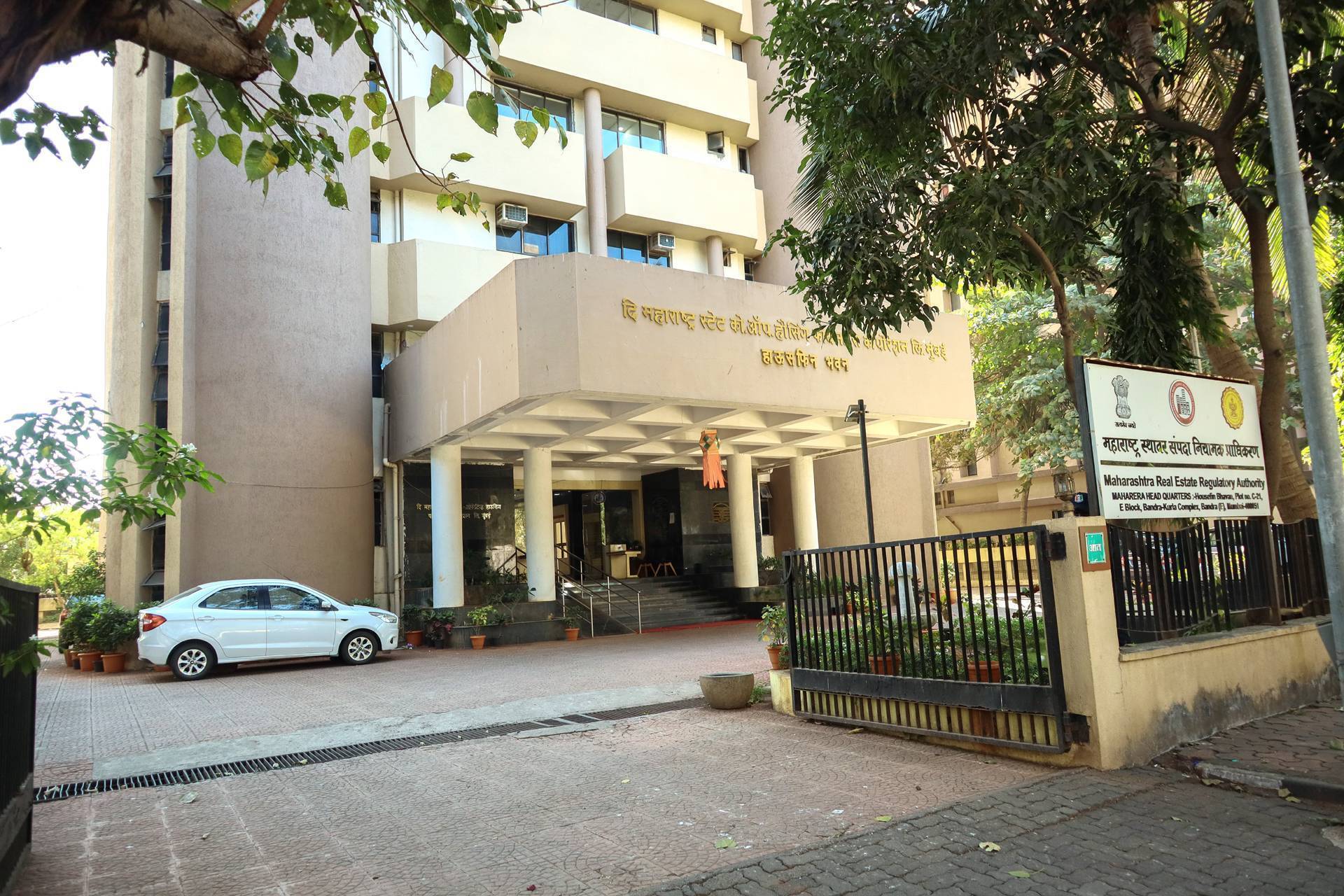In a move aimed at improving transparency and empowering homebuyers, the Maharashtra Real Estate Regulatory Authority (MahaRERA) has introduced a new, more detailed project registration certificate. This initiative is designed to provide comprehensive project information upfront, enabling prospective buyers to make informed decisions and reducing the scope for ambiguities or misrepresentations in real estate transactions.
The earlier version of the MahaRERA registration certificate included only basic details such as the project name, developer’s name, and address. While this information was useful, it often left homebuyers in the dark regarding critical project specifics, leading to confusion and, at times, disputes. Recognizing these gaps, MahaRERA has now taken steps to fill in the informational void by including more granular details about each project.
Key Details in the New Registration Certificate
The revised certificate encompasses a wide array of project specifics that were previously unavailable or only partially available. These include:
- Total Built-Up Area: The overall constructed area of the project, giving buyers insight into the scope and scale of the development.
- Names and Numbers of Buildings and Wings: Clear identification of individual structures within the project, which helps buyers understand the layout and distribution.
- Number of Approved Floors and Habitable Floors: Details about the maximum permissible construction height and the number of floors designated for habitation.
- Residential and Non-Residential Units: The total count of apartments, shops, offices, or other spaces within the project.
- Parking Spaces: The total number of parking slots allocated for four-wheelers, two-wheelers, and visitors, aiding buyers in assessing convenience.
- Project Phases and Wings: Information about various phases or wings of the project, if applicable.
Additionally, the certificate will now include details from the Commencement Certificate (CC), such as the approved height of construction (floor-wise) and the total number of parking slots allocated, further enhancing transparency.
Implementation and Effectiveness
The new norms are applicable immediately for all newly registered projects. MahaRERA has also committed to updating existing project certificates to include these new details. When any modifications occur during a project’s lifecycle — such as extensions of timelines, transfer of ownership, or revisions in project scope — the updated information will be reflected in the revised MahaRERA certificates.
The authority emphasized that the periodic updates will ensure that buyers always have access to current project data, reducing the chances of discrepancies between what is promised and what is delivered. This move aligns with MahaRERA’s broader objective of safeguarding homebuyers' interests and promoting trustworthy real estate practices.
Enhancing Buyer Awareness Through QR Codes
A significant feature introduced alongside the new registration certificate is the integration of QR codes in all advertisements across media platforms. These QR codes will contain key preliminary project information and the registration number, allowing prospective buyers to scan and immediately access verified details about the project. This technology-driven approach aims to bridge the gap between offline and online information dissemination, making project details easily accessible and verifiable.
Reason Behind the Decision
MahaRERA Chairman Manoj Saunik articulated the rationale behind these changes, emphasizing the importance of transparency in protecting consumer interests. Many individuals invest their life savings in purchasing a home, making it crucial that they have access to accurate, verified project data before committing financially.
Mr. Saunik highlighted that the process of issuing project registration numbers now involves thorough legal, financial, and technical scrutiny. This ensures that only credible projects receive registration, thereby reducing the risk of fraudulent or incomplete developments entering the market.
He further explained that the inclusion of detailed project specifics on the registration certificate is a step toward creating a more transparent real estate environment, where buyers can verify crucial details such as project scope, approvals, and amenities directly from the official document.
Benefits for Homebuyers
The primary advantage of this initiative is that homebuyers will now have access to detailed project information in a single document, simplifying the due diligence process. Instead of navigating multiple sources or relying solely on developer disclosures, buyers can now review comprehensive data directly from the MahaRERA registration certificate.
This transparency aids in:
- Making informed decisions: Buyers can evaluate whether a project meets their requirements and expectations.
- Verifying claims: Buyers can cross-check advertised features with official records.
- Reducing disputes: Clear project details reduce misunderstandings or misrepresentations that often lead to legal disputes.
- Facilitating due diligence: The availability of detailed information encourages buyers to scrutinize project specifics before making commitments.
Developer and Industry Response
The real estate industry has largely welcomed the move. Developers see this as a positive step toward establishing transparency and building trust with consumers. Industry experts highlighted that the detailed project certificates would facilitate smoother information flow and help minimize ambiguities. They also emphasized that empowering buyers benefits the entire sector by promoting greater transparency in the market. Developers have also suggested that MahaRERA could further improve its digital interface, perhaps by making project data more accessible or user-friendly, to maximize the benefits of this initiative.
While the new norms are a significant stride toward transparency, implementing them effectively will require consistent compliance by developers and timely updates by MahaRERA. Some industry observers have highlighted the importance of ensuring that all developers adhere to the new standards, especially in projects that are already underway or in advanced stages of construction. Furthermore, the periodic updates to project certificates must be diligently maintained to reflect any changes during the project lifecycle, including extensions, modifications, or transfers.
MahaRERA’s move to include detailed project data on certificates and advertisements signifies a broader shift toward transparency in the real estate sector. It aligns with global best practices and aims to foster a more accountable environment that benefits both consumers and developers. By making this information readily accessible and verifiable through QR codes and official documents, the authority aims to empower homebuyers, reduce disputes, and foster a culture of accountability within the sector.









.png)